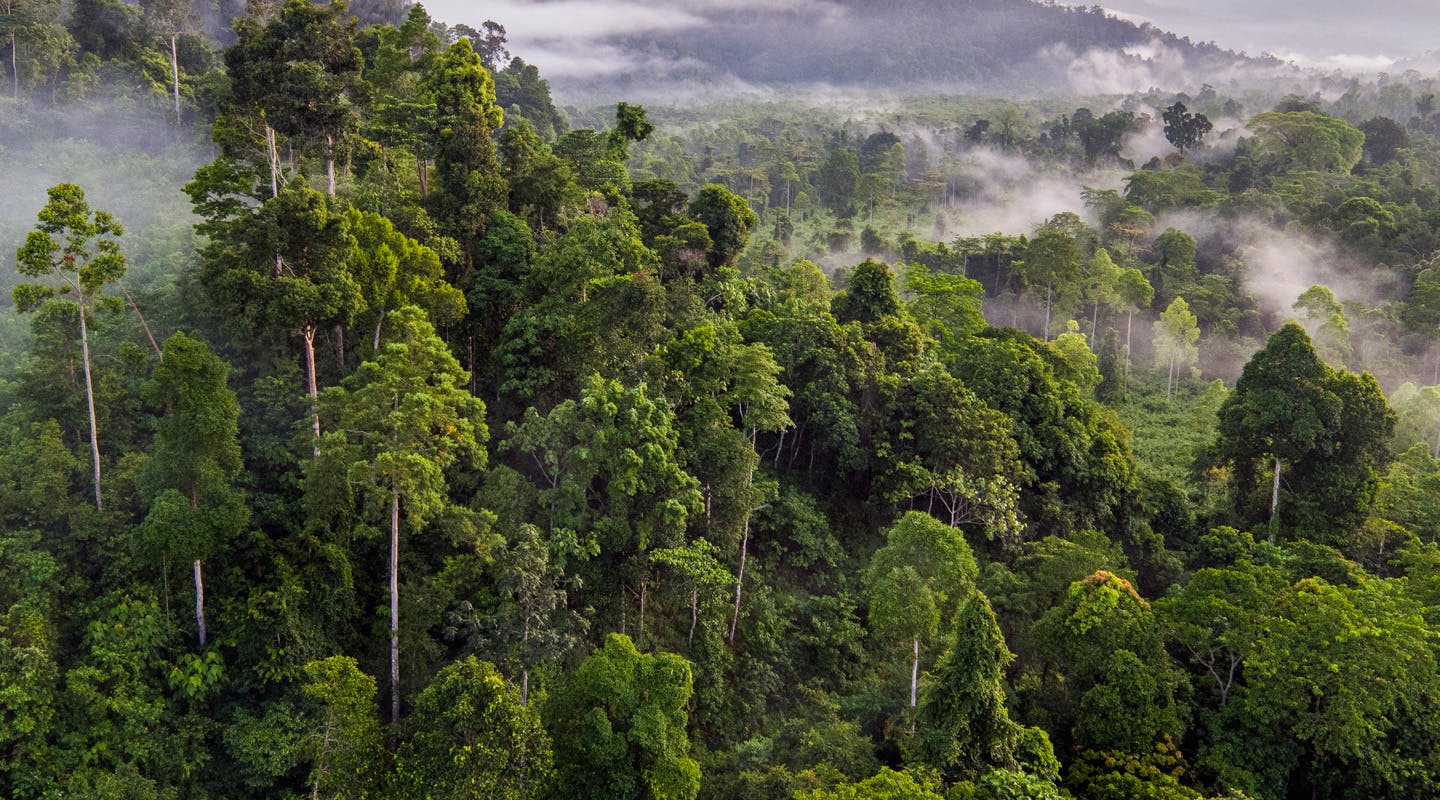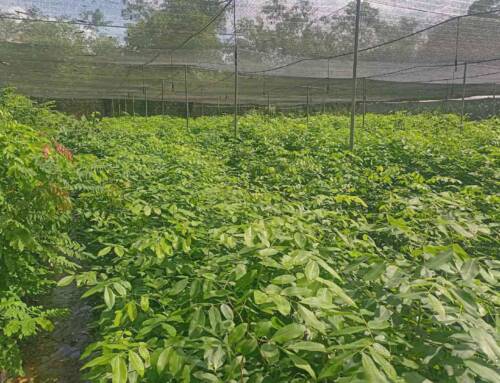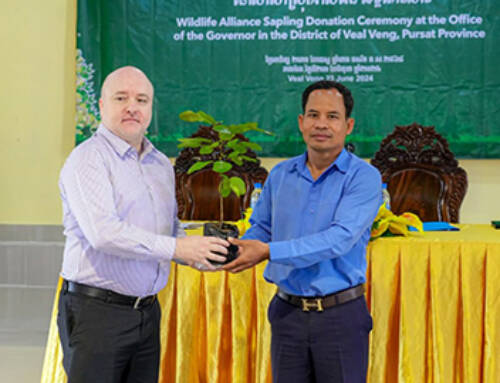The Cardamoms represent one of the Planet’s largest tropical watersheds, responsible for impacting rainfall in Europe and the Northern Hemisphere in general NASA and Duke University study 2005 and NASA study 2014
We are protecting over 2,000 species of plants and over 14 species of IUCN threatened tree species.
As is emphasized in the ETH Zurich Study published in Science in July 2019, the most effective method to combat climate change is to protect existing forests and conduct reforestation.
As is shown in NASA and Duke University study 2005 and NASA study 2014 it is tropical forests that have the largest carbon absortion capacity in the world. Therefore, priority should be given to protecting tropical forests. Their importance for mitigating climate change cannot be overstated because they are located around the Earth’s Tropical Belt, where the Planet is closest to the heat of the Sun, and their layers of complex vegetation are buffering the ground from the sun’s heat. The rainforest’s complex layers create a natural air cooling system that lowers ambient temperature by at least 7 degrees and has an in-built mechanism for attracting rainfall from the ocean.
The rainforest’s impact on rain and carbon absorption has a far-reaching impact on our climate in the northern hemisphere. NASA (Tropical Deforestation Affects Rainfall in the U.S. and Around the Globe) has demonstrated that removal of this Earth’s natural cooling system in the Tropics results in drastic reduction of rainfall in Europe and the U.S. and creation of uncontrollable droughts.
Unfortunately, humankind has already massively deforested these regions and replaced the natural forest with industrial development (urban expansion, mineral mining and mono species of agriculture crops). The crops replacing the forest (palm oil, rubber, sugar cane, durian) have almost no carbon absorption capacity. And, having lost their natural rainforest cover, the deforested areas no longer have any capacity to regulate rain because the forest canopy is gone, no longer attracting rainfall, and the complex root system no longer serves as conduits to guide rainwater underground to the water tables.
Our forest rangers work tirelessly to protect some of the world’s most endangered animals in one of Southeast Asia’s last great rainforests.
Our forest rangers work tirelessly to protect some of the world’s most endangered animals in one of Southeast Asia’s last great rainforests.
Our forest rangers work tirelessly to protect some of the world’s most endangered animals in one of Southeast Asia’s last great rainforests.






